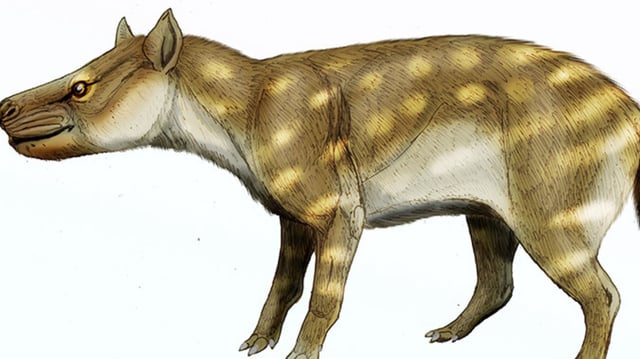Overview
- Dental microwear texture analysis reveals that during the Paleocene–Eocene Thermal Maximum, Dissacus praenuntius shifted from flesh to bone consumption as prey became scarce.
- The study documents a modest reduction in the predator’s body size, indicating that limited food availability, not just rising temperatures, drove morphological changes.
- Published in Palaeogeography, Palaeoclimatology, Palaeoecology in June 2025, the Rutgers-led research led by Andrew Schwartz confirms the bone-crunching dietary adaptation.
- Researchers are now applying these ancient dietary and size adaptations to model how modern generalist predators might respond to resource stress under ongoing global warming.
- Despite surviving extreme climate upheaval for 15 million years through flexible feeding, Dissacus praenuntius ultimately went extinct, underscoring limits to adaptability.
